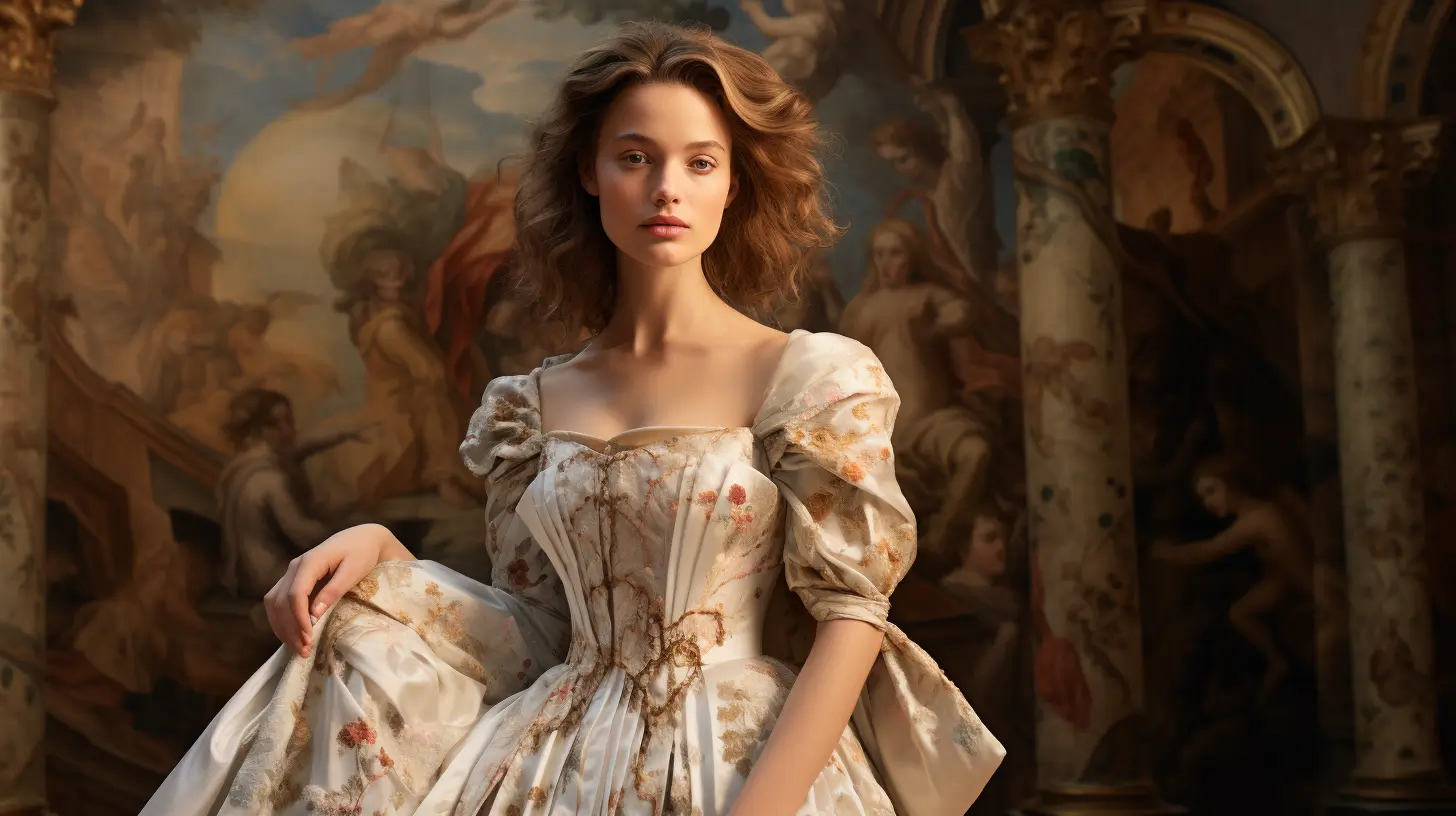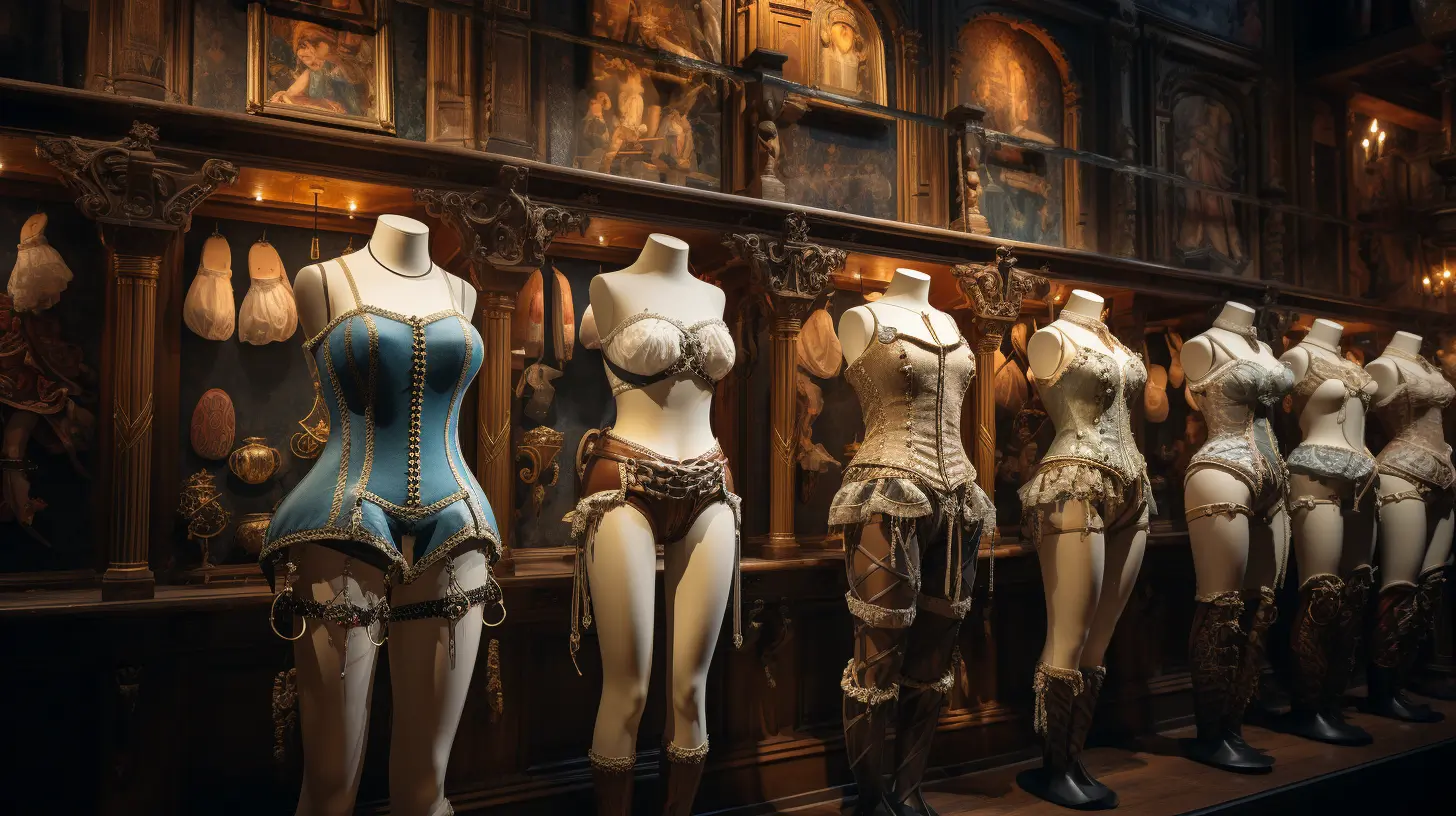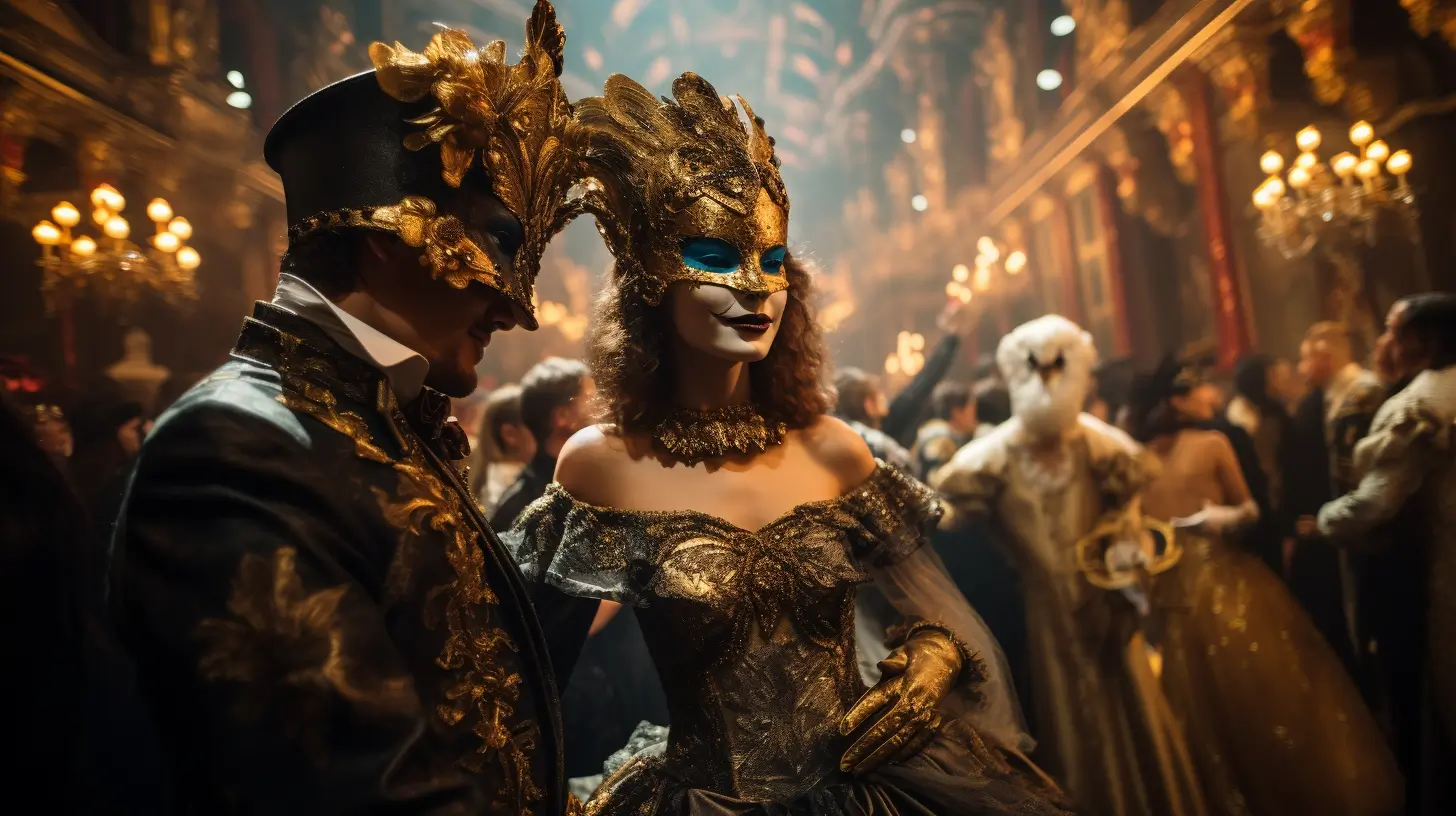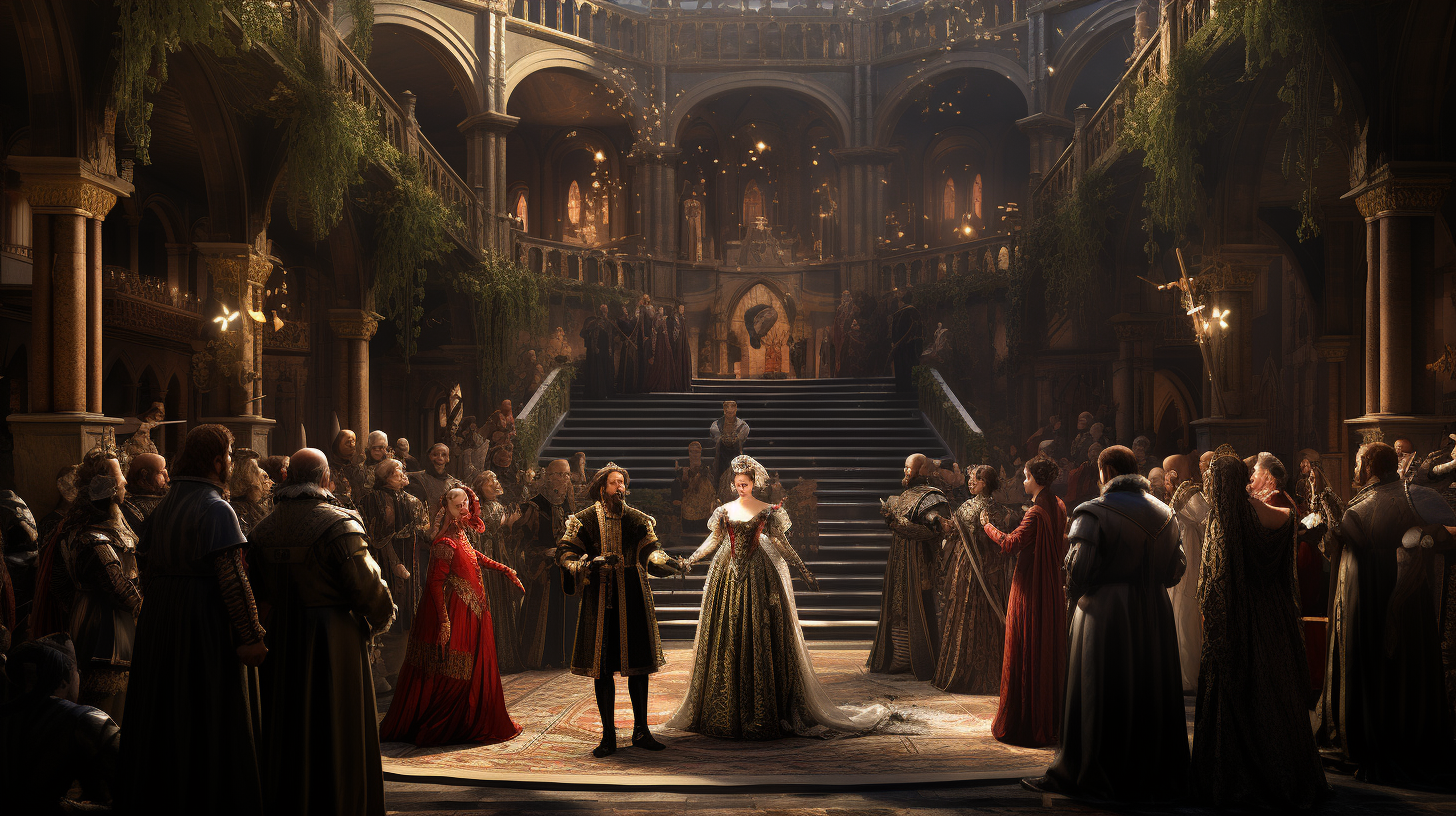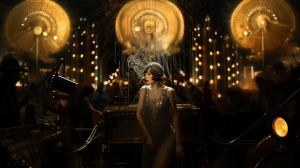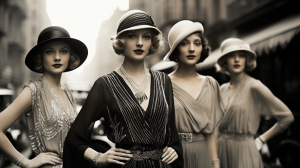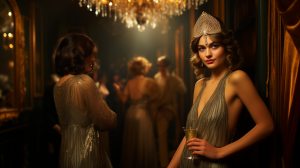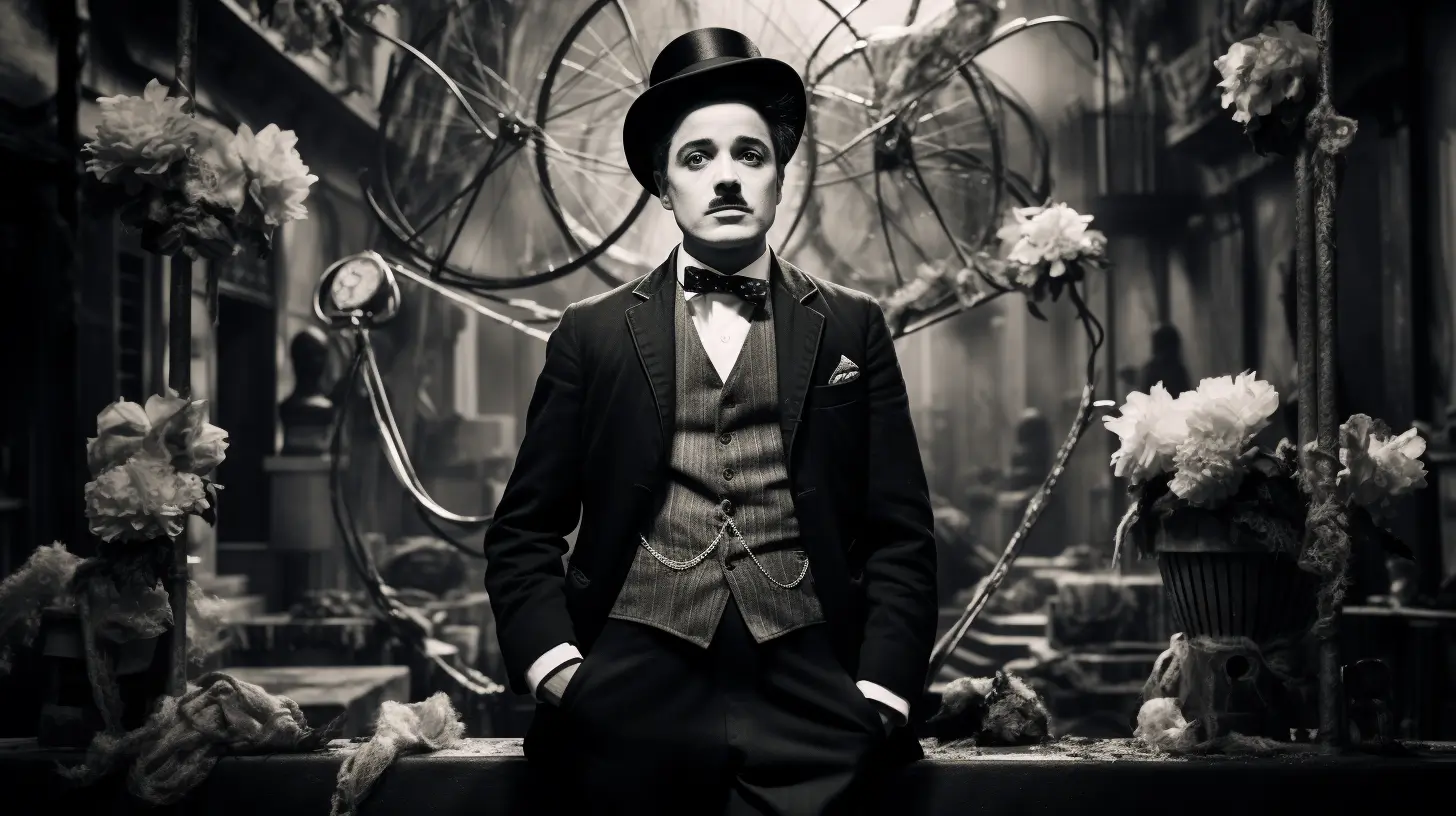
Dressing the Tramp: The Iconic Fashion Influence of Charlie Chaplin
Imagine strolling through the bustling streets of early 20th-century London, the air buzzing with the nascent excitement of the film industry. Amidst the crowd, a figure stands out – not for being the most flamboyantly dressed, nor for a towering presence. Instead, he captures the eye with a curious blend of elegance and simplicity, marked by a bowler hat, a small, neat mustache, and a cane that seems more an extension of his body than an accessory. This figure is none other than Charlie Chaplin, a man whose fashion sense was as iconic as his comedic genius.
In “Dressing the Tramp: The Iconic Fashion Influence of Charlie Chaplin,” we’re diving deep into the sartorial world of this cinematic legend. Chaplin’s portrayal of The Tramp didn’t just leave an indelible mark on the silver screen; it also etched itself into the annals of fashion history. His look, often seen as a mere costume, transcended its theatrical confines to influence a whole era’s style and beyond.
But why does this matter? Why dwell on the wardrobe of a character from the silent film era? Because, my friends, fashion is not just about clothes. It’s a language, a narrative, a cultural barometer. And in the case of Charlie Chaplin, it’s a masterclass in how simplicity can speak volumes, how a character’s dress can become as eloquent as any line ever spoken. So, buckle up! We’re about to embark on a journey through time, tracing the threads of Chaplin’s influence across the tapestry of fashion history.
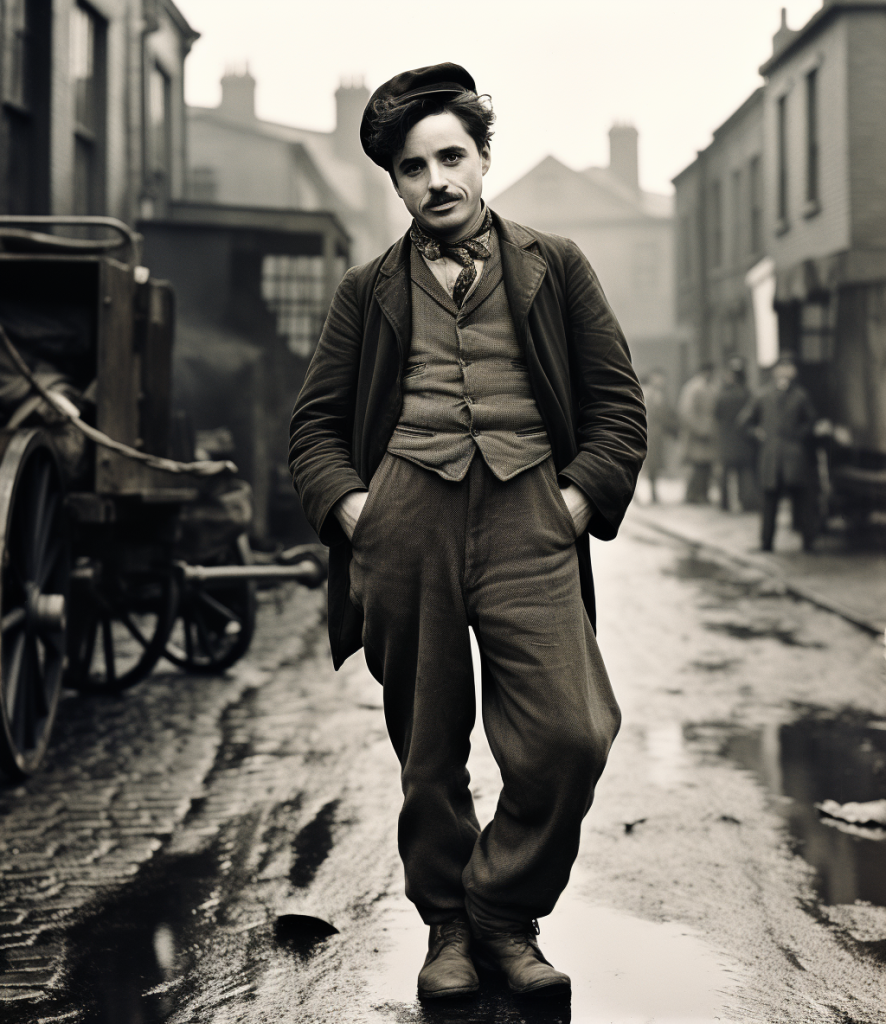
Chaplin’s Signature Style
Let’s kick things off by breaking down the nuts and bolts of Charlie Chaplin’s signature look. It’s a style that’s deceivingly simple yet speaks volumes, a mix of comedy and pathos, elegance and impoverishment. It’s about understanding how each piece of his iconic ensemble contributed to creating one of the most memorable characters in film history.
The Bowler Hat: More Than Just Headwear
The bowler hat – it wasn’t just a piece of fabric resting on his head; it was a statement. Originating in Britain, this hat became synonymous with Chaplin’s Tramp. But why a bowler hat? In an era where headwear defined social status, Chaplin flipped the script. He took a symbol of the working middle class and turned it into a trademark of his comedic genius. It’s about how this simple hat became a symbol of silent resilience and subtle rebellion against the status quo.
The Mustache: A Study in Contrasts
Ah, the mustache. Small, yes, but mighty in its impact. In a time where grandiose handlebars were the rage, Chaplin’s toothbrush mustache was a stark contrast. It was a masterstroke of minimalism, adding to the comedic effect of his character while also making a statement about the fads of facial hair. It became a crucial part of his identity, proving that sometimes, less indeed is more.
The Cane and Shoes: Accessories with a Purpose
And then, there’s the cane and those comically large shoes. Each played a role in Chaplin’s physical comedy, but they were more than just props. They were extensions of The Tramp’s personality, tools that Chaplin used to convey emotion and story without uttering a single word. The oversized shoes, a symbol of the struggles of the everyman, and the cane, a touch of grace in a turbulent world.
This section isn’t just about clothes; it’s about understanding how Chaplin’s wardrobe was integral to his storytelling. It’s about the power of fashion to convey deeper themes and narratives, something often overlooked in the glitzy world of cinema.

The Tramp’s Influence on 20th Century Fashion
Now, let’s dive into how Chaplin’s iconic Tramp character influenced the broader fashion landscape of the early 20th century and beyond. It’s a story of contrast and influence, where a simple character left an indelible mark on an entire fashion era.
Early 1900s Fashion Context
First, let’s set the stage. The early 1900s were a time of sartorial elegance and excess in many ways. Men’s fashion was characterized by formal suits, stiff collars, and an overall sense of ornateness. In this world of structured fashion norms, Chaplin’s Tramp was a stark contrast with his oversized clothes and battered hat.
Chaplin’s Impact on Men’s Fashion
Enter Chaplin with his minimalist approach. His Tramp didn’t just challenge the status quo of men’s fashion; he turned it on its head. Chaplin showed that style could be simple yet impactful. The understated elegance of his costume became a subtle critique of contemporary fashion, offering a different perspective on what it meant to be stylish.
Legacy in Modern Fashion
Fast forward to today, and you can still see ripples of Chaplin’s influence. From the minimalist movement in fashion to the resurgence of vintage styles, elements of The Tramp’s attire echo through the ages. Designers and fashion aficionados often draw inspiration from his simplistic yet profound approach to style, proving that true fashion doesn’t fade with time.
This section isn’t just about tracing a trend; it’s about understanding the cultural and societal shifts that Chaplin’s fashion choices represented. It’s about seeing how a character from the silent film era continues to speak volumes in the world of fashion.
Chaplin Beyond the Costume
Moving beyond the iconic ensemble, let’s explore the man behind The Tramp and how his personal style and use of fashion as a narrative tool influenced not only the character he portrayed but also the broader fashion landscape.
The Character Vs. The Actor
Charlie Chaplin, the man, was as intriguing as his on-screen persona. Off-screen, his style was more aligned with the times yet retained a sense of individuality. This contrast between the actor and the character he played offers insights into how personal style can be both a reflection of self and a theatrical expression.
Fashion as a Narrative Tool
Chaplin was a master storyteller, and his use of fashion as a narrative tool was revolutionary. The Tramp’s attire wasn’t just a costume; it was a character in its own right, conveying themes of poverty, resilience, and the human spirit. Chaplin showed that fashion could be a powerful tool in storytelling, transcending its role as mere attire.
Influence on Celebrity Fashion
Chaplin’s influence extended beyond the silver screen and into the wardrobes of other celebrities and public figures. He set a precedent for using fashion to build a character’s identity, a practice that has become commonplace in modern celebrity culture.
In this section, we’re peeling back the layers to understand Chaplin as a fashion influencer and innovator, whose impact was felt far beyond the confines of his films.
Chaplin’s Enduring Legacy
As we draw towards the end of our exploration, it’s time to reflect on the enduring legacy of Charlie Chaplin’s fashion. It’s a legacy that extends beyond the black-and-white frames of his films and into the colorful world of contemporary fashion and culture.
Timeless Appeal
What makes Chaplin’s style timeless? It’s the universal qualities his fashion embodied: simplicity, elegance, and a touch of whimsy. These are elements that never go out of style. His ability to convey so much with so little continues to resonate with people even a century later.
Fashion Icons Inspired by Chaplin
From the runways of Paris to the streets of New York, elements of Chaplin’s style continue to inspire. Designers and fashion icons often cite him as an influence, drawn to the simplicity and expressiveness of his attire. It’s a testament to Chaplin’s lasting impact on the fashion world.
The Tramp in Today’s Fashion
Finally, we see Chaplin’s influence in modern fashion. His iconic look has been reimagined in various forms, from high fashion to streetwear. The Tramp’s style serves as a reminder that fashion is not just about trends; it’s about storytelling, identity, and, above all, timeless elegance.
This section is a homage to the lasting influence of Charlie Chaplin’s fashion. It’s about celebrating a style that was not just of its time but for all time.
As we wrap up this journey through the fashion legacy of Charlie Chaplin, it’s clear that his influence stretches far beyond the confines of early cinema. Chaplin’s style, epitomized by The Tramp, was a blend of simplicity, elegance, and a poignant commentary on the society of his time. This style became a visual language that spoke of resilience, humility, and the human spirit.
Chaplin showed us that fashion isn’t just about clothing; it’s a narrative tool, a means of expression, and a reflection of the times. His minimalist approach, characterized by the iconic bowler hat, cane, and oversized shoes, challenged the fashion norms of his era and continues to inspire modern fashion. It’s a reminder that true style is timeless and transcends trends and eras.
In a world constantly chasing the new, Chaplin’s fashion legacy invites us to appreciate the power of simplicity and the enduring appeal of classic elegance. His influence on fashion is a testament to the idea that sometimes, the most profound statements are made not through extravagance but through the understated and the subtle.
As we continue to navigate the ever-evolving landscape of fashion, let Chaplin’s legacy be a guiding light – a beacon of timeless style in an age of fleeting trends.


